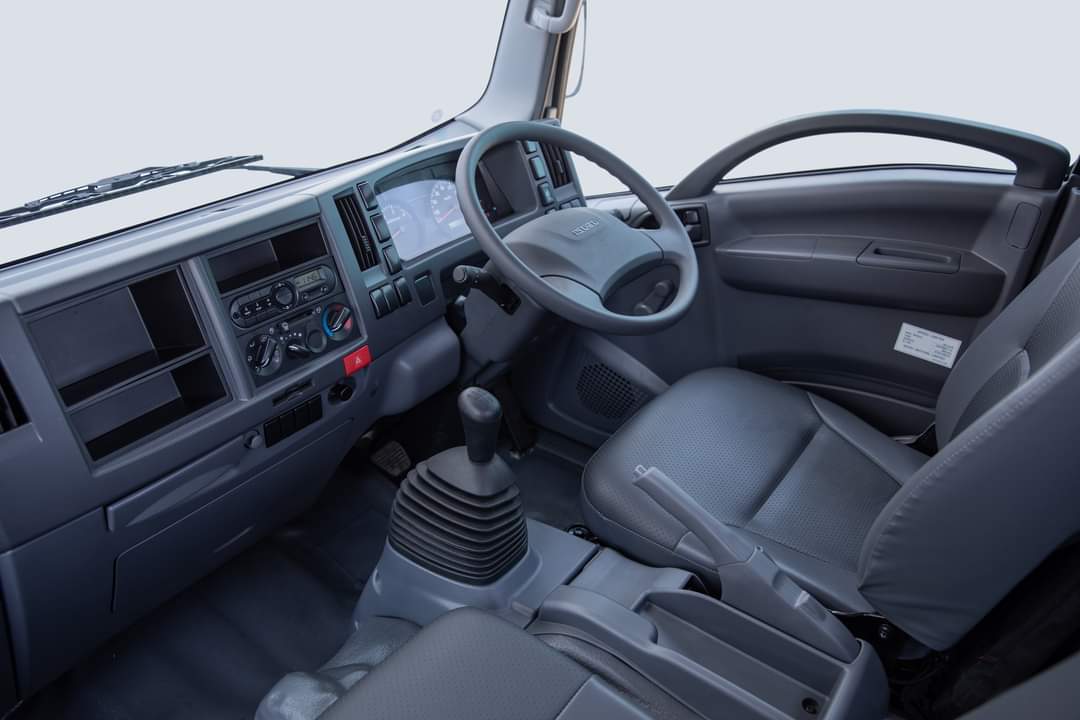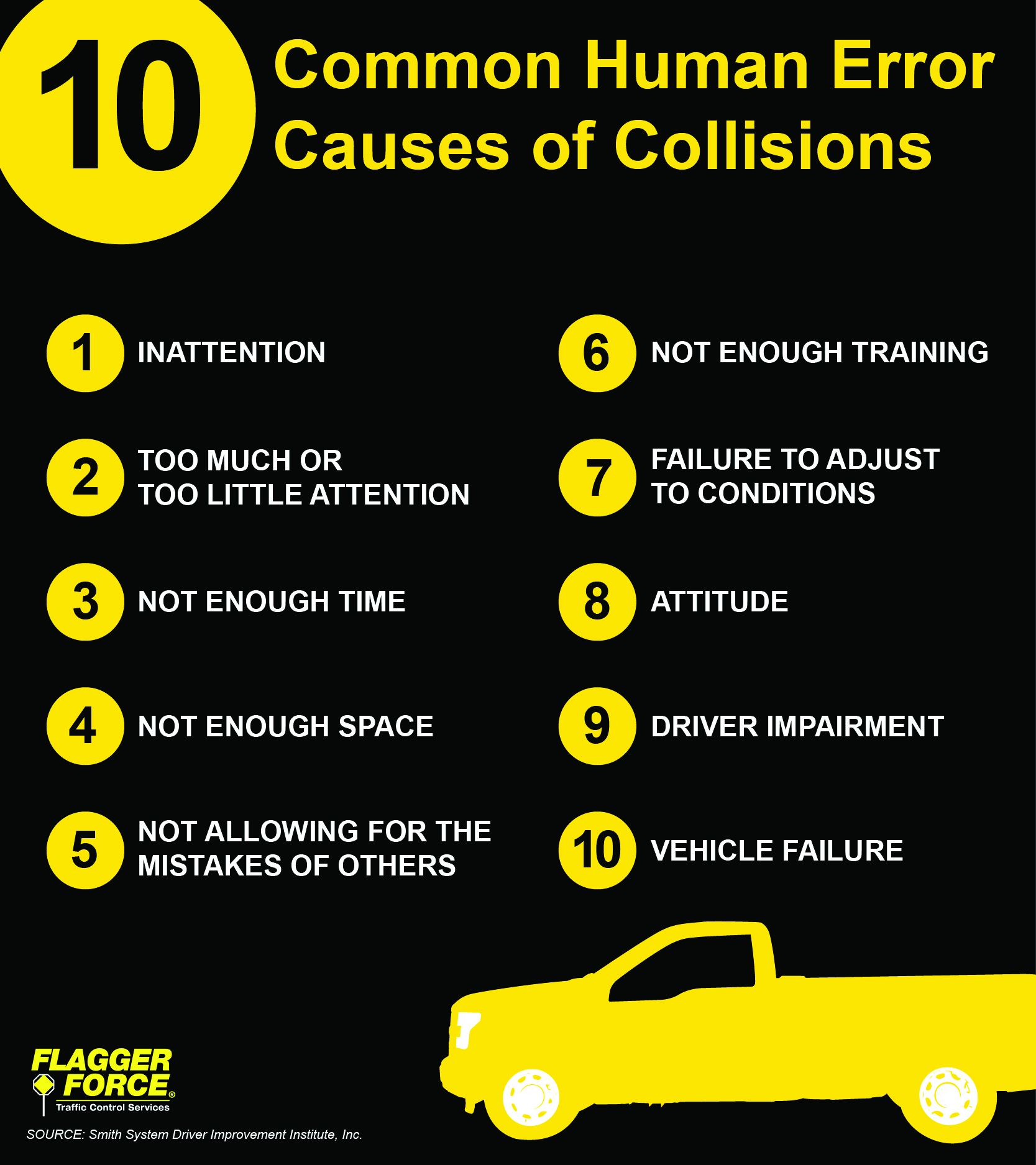
By Joe Mungai,
CFAO Motors Fleet Management Consultant / Driver Trainer, Mercedes-Benz Heavy Commercial Vehicles;
The increasing rate of road carnage in Kenya poses significant challenges to the transportation and logistics industry.
The safety of life and the protection of goods and vehicle should be the core business of every driver.
 Fleet owners need to employ measures that can be implemented to mitigate risk.
Fleet owners need to employ measures that can be implemented to mitigate risk.
Before commencing a journey, truck drivers should ensure the cargo is properly secured on the trailer.
Use appropriate restraints such as straps, chains, or load bars to prevent shifting, or falling during transit.
 Regularly check and adjust the restraints during stop overs to maintain cargo stability throughout the trip.
Regularly check and adjust the restraints during stop overs to maintain cargo stability throughout the trip.
When driving an empty truck, ensure that any loose equipment such as tarps, straps, or spare tires are securely fastened.
Loose objects can become hazardous projectiles in the event of sudden braking, or swerving.
Drivers need to evenly balance the load to distribute the weight of the cargo across the trailer.
 Unevenly distributed weight can affect the truck’s stability and handling by shifting the centre of gravity.
Unevenly distributed weight can affect the truck’s stability and handling by shifting the centre of gravity.
Drivers are advised to follow the recommended load distribution guidelines provided by the manufacturer, or the Company.
Drivers should make it a habit to perform pre-trip inspections to identify any potential issues with the truck, or cargo.
Check the tires condition and pressure levels, brakes, lights, mirrors, just to mention a few.
Any mechanical issues that comes to their attention should be addressed before hitting the road to ensure safe transportation. The inspection applies to both empty and cargo ferrying trailers.
Drivers should be conversant on how to respond to emergency situations, such as sudden tire blowouts, brake failures, or hazardous road conditions.
When carrying cargo, drivers ought to adjust their driving techniques to account for the increased weight and altered handling characteristics of the truck by ensuring an increase in following distance, anticipate braking distances and make smoother turns to maintain control and reduce the risk of accidents.
When driving an empty truck, the handling characteristics change.Adjust your driving speed accordingly and allow for a longer braking distance.
Sudden braking manoeuvres can cause the tires to lose traction and result in skidding, or jack-knifing.
Trucks require powerful braking systems that are obtained by use of mechanical leverage and air pressure.
Brakes must be used keeping in mind the heat generated by friction. If the heat becomes too great, braking effectiveness will be lost.
The heavier the load and the faster the speed, the greater the force needed to stop.
The braking force required to stop a vehicle varies directly with its weight and speed.
For example, if the weight is doubled, the braking force must be doubled to be able to stop in the same distance.
If the speed is doubled, the braking force must be increased four times to be able to stop in the same distance.
When weight and speed are both doubled, the braking force must be increased eight times to be able to stop in the same distance.
Complete loss of brakes when descending hills is one of the ‘nightmare’ experiences truck driver’s fear most. In most cases the failure occurs as a result of poor vehicle maintenance, or poor driving
Practices, or a combination of both. This brake loss can be prevented using safe driving practices such as slowing down before descent, selecting an appropriate gear for the descent and engaging the engine brake to control the vehicle speed on the descent.
Where necessary the service brakes can then be used for short durations to augment the engine brake braking effect.
Where this is not necessary the service brakes remain cold and held in reserve for coping with emergencies, traffic conditions, or sharp comers.
Observe height restrictions on different roads, bridges, tunnels and overpasses. Before embarking on a trip drivers need to ensure that the height of your truck, including the cargo, is within the allowed limits to prevent collisions, or damage to the cargo.
The height restrictions are always indicated where there is a limitation. Have your truck measurement at the top of mind to help make fast decisions.
Empty trucks are more susceptible to being affected by strong winds. Drivers are advised to reduce their speed during windy conditions to maintain stability. Driving at high speeds in windy conditions makes controlling of the truck difficult due to its instability. Grip the steering wheel firmly and anticipate gusts and make necessary steering corrections gradually.
It is important for drivers to remain attentive and focused on the road at all times regardless of whether you are carrying cargo, or an empty truck. Avoid distractions such as phones and meals, fatigue and complacency. Maintain situational awareness and be prepared to react to any potential hazards on the road. In the event of fatigue, park the truck and rest. Companies should support them through adherence to the regulations regarding hours of service. Fatigue can impair judgment and reaction time increasing the risk of accidents.
Regular training sessions and evaluations are intended to reinforce safe driving practices, address any deficiencies and keep drivers up to date with new regulations, technologies and industry best practice.
 Training programs should be tailored to meet the specific needs and challenges of an organization and the drivers employed. Additionally, incorporating interactive elements like simulations, case studies, and hands-on practice can enhance the effectiveness of the training program.
Training programs should be tailored to meet the specific needs and challenges of an organization and the drivers employed. Additionally, incorporating interactive elements like simulations, case studies, and hands-on practice can enhance the effectiveness of the training program.










